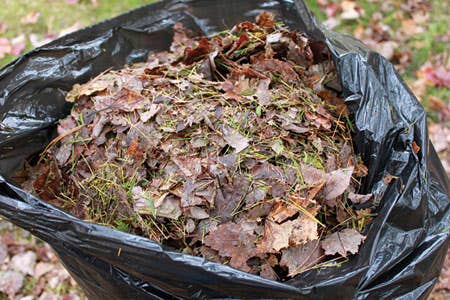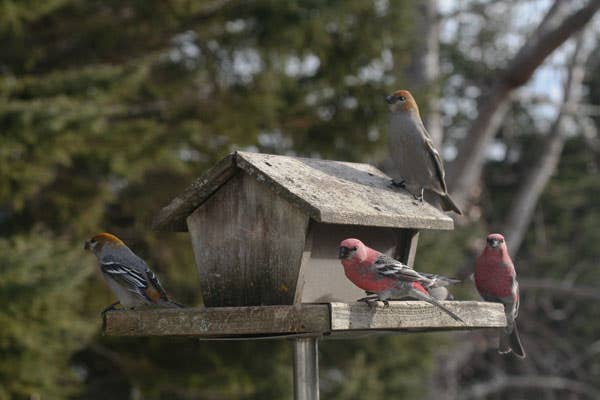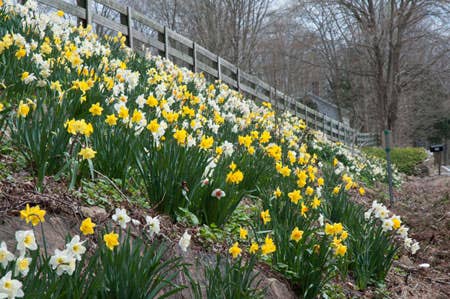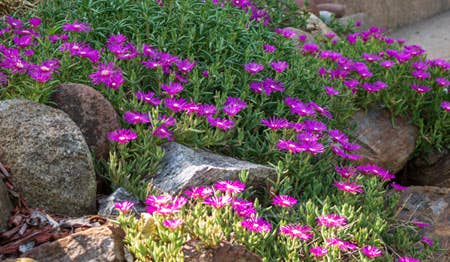More Timely Tips: Herbs as good mixers
It’s become a horticultural tradition to grow herbs grouped together in an herb garden, but there are several good reasons for growing them among other plants
It has become something of a horticultural tradition for herbs to be grown grouped together in an herb garden. This may not be practical in a small space and, in fact, there are several good reasons for growing them among other plants.
The many plants that can be classified as herbs come from a wide variety of habitats and do not all like the same growing conditions. If they are grown among other plants in different parts of the garden, each herb can be given the conditions that suit it best.
Certain herbs attract beneficial insects and/or repel pests, so they can be more widely useful to other plants if they are not grown separately. Some herbs have a long season of looking dull or overblown, and this can more easily be disguised if they are growing among other plants.
GOOD COMPANIONS
For a low-maintenance, neat planting that looks good all year, underplant a standard bay (Laurus nobilis) in a sunny, well-drained place with a carpet of variegated or golden thyme (USDA Zones 7-8). Add dwarf spring bulbs such as crocuses, species tulibps, or scillas (Zones 5-8), for early color.
Purple sage, Salvia officinalis 'Purpurascens' (Zones 5-10) is ideal with alliums and euphorbias, enjoying the same sunny, sharply drained position. It also looks good as a young plant next to its handsome, variegated, golden-leaved counterpart Salvia officinalis 'Icterina' (Zones 5-10). Newly rooted cuttings of either or both, planted in groups, are effective as a foliage backdrop to summer bedding plants.
Use golden feverfew, Tanacetum parthenium 'Aureum' (Zones 4-9), to brighten gloomy corners with its bold yellow, ferny foliage from early spring. Grow it with other plants that tolerate dry shade, such as Euphorbia amygdaloides var. robbiae (Zones 7-9) and Iris foetidissima (Zones 6-9).







